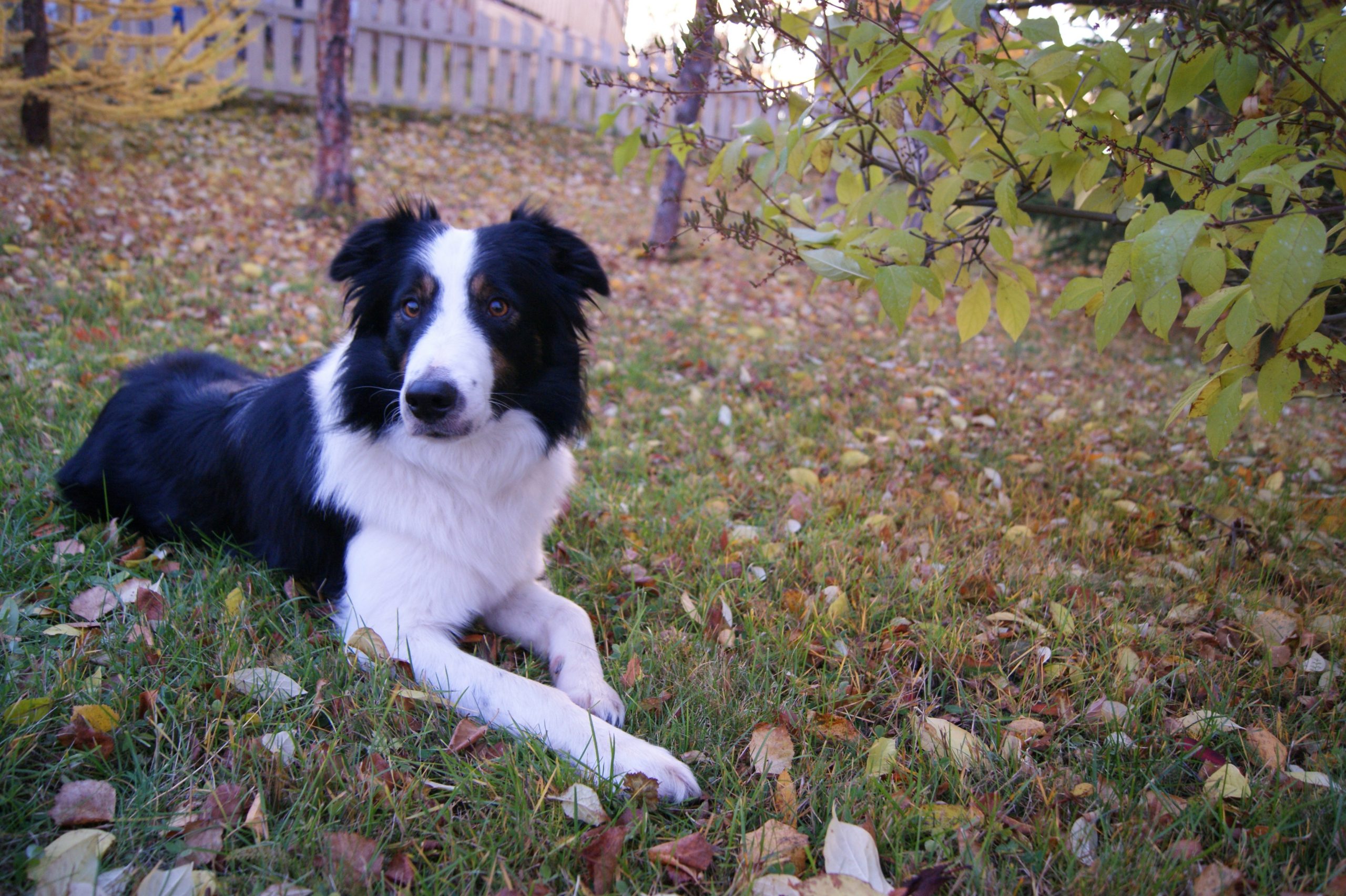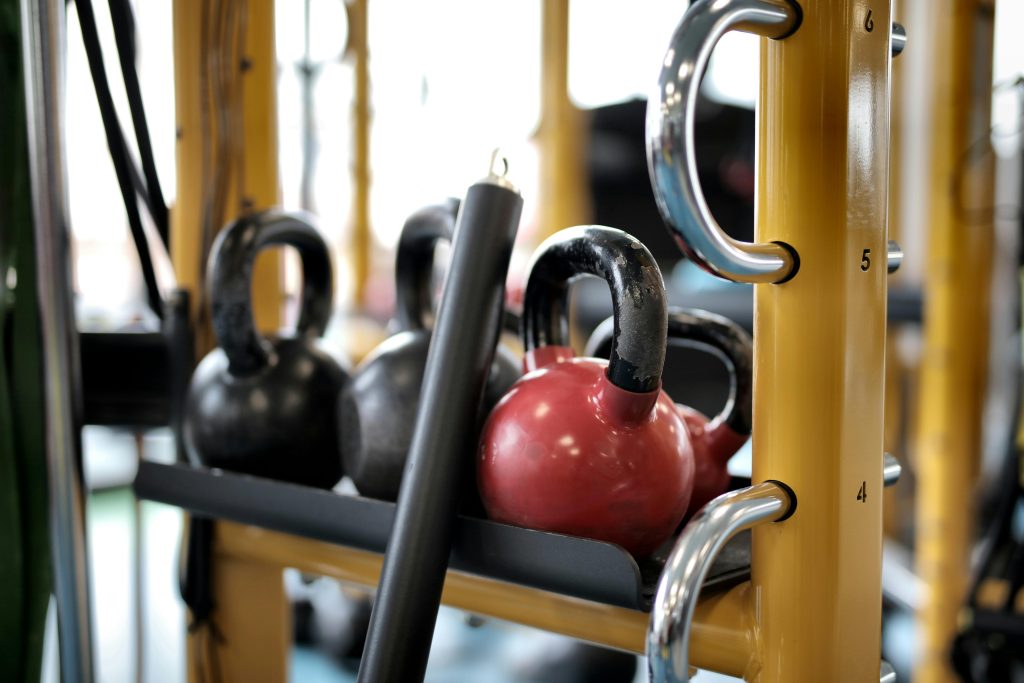Ever stared at your dog while they sniffed every single object in the room *except* the one you wanted them to find? Yeah, it’s frustrating. But guess what—your pup can learn how to be a pro at identifying specific items through object discrimination dog training. And nope, it’s not as complex as teaching them advanced calculus (thank goodness!). This guide dives into all things object discrimination, from why it matters to step-by-step methods you can start using today.
In this post, we’ll explore common problems pet parents face with training, walk through a step-by-step guide on how to teach object discrimination, share tips and best practices, provide inspiring examples—and much more. Let’s get smart together!
Table of Contents
- Key Takeaways
- Why Object Discrimination Matters
- Step-by-Step Guide to Object Discrimination Training
- Best Practices and Tips for Success
- Real-Life Examples & Case Studies
- Frequently Asked Questions (FAQs)
Key Takeaways
- Object discrimination helps dogs identify specific items among distractions.
- The training fosters mental stimulation and strengthens bonds between owners and pets.
- Start small by focusing on one item before introducing multiple objects.
- Consistency is king; keep sessions short but frequent for optimal results.
Why Does Object Discrimination Matter?
Dogs are natural scavengers with an uncanny ability to detect scents. However, when it comes to recognizing individual items without relying solely on smell—or worse, picking up random shoes instead of their toy—you need object discrimination dog training. Here’s why:

A Relatable Pain Point
I once tried teaching my Labrador to bring me his blue ball only to have him trot back proudly holding…my car keys. Ugh. We’ve all been there, right? The frustration builds quickly when our furry friends misunderstand cues.
Sensory Overshare Moment
Training feels like tuning a guitar string—wrong adjustments make everything sound jarring until suddenly, “boom,” harmony! That’s the beauty of effective training methods like object discrimination dog training.
Nerd Alert: Stats You Need to Know
Studies show that mentally stimulating activities reduce behavioral issues in dogs by up to 72%. So yeah, grabbing Fido’s attention and sharpening those cognitive skills isn’t just fun—it’s transformative.
Step-by-Step Guide to Teaching Your Dog Object Discrimination
Let’s break down exactly how to train your four-legged genius:
Step 1: Choose One Target Item First
Select something simple—a favorite squeaky toy or chew bone. Stick with one item until your dog learns to identify it consistently.
Step 2: Use Clear Cues and Reinforce Behavior
Say the name of the object clearly (“Ball!”) and reward enthusiastically when your pooch grabs the correct item. Don’t forget treats—they’re basically gold medals for good behavior.
Step 3: Introduce Distractions Gradually
Add another object nearby (e.g., a stuffed animal). When your dog chooses the target item despite distractions, heap on praise and rewards.
Grumpy Optimist Dialogue:
Optimist Me: “With patience, any dog can master this skill!”
Grumpy Me: “Yeah, sure…if I survive endless chewed-up socks first.”
Best Practices and Tips for Success
- Keep Sessions Short: Aim for 5–10 minutes per session to avoid overwhelming your pup.
- Mix It Up: Vary where you practice so your dog generalizes the skill across environments.
- Avoid Overloading Commands: Stick to clear instructions; less confusion equals faster learning.
Here’s a terrible tip: Never yell at your dog during training. Seriously, don’t even consider it. Positive reinforcement is the way to go!
Rant Section: My Big Pet Peeve
Okay, confession—I hate when people use massive chunks of text in blog posts about dog training. Dogs aren’t college professors; neither are their humans! Keep explanations bite-sized, actionable, and engaging. There. Said it.
Real-Life Examples & Case Studies
Taking inspiration from others always helps! Meet Bella, a Golden Retriever who mastered retrieving her leash within two weeks of targeted object discrimination. Or Max, a poodle whose owner used visual aids like color-coded shapes to enhance recall speed.

Frequently Asked Questions (FAQs)
What if my dog gets distracted easily?
This happens often! Start indoors in quiet spaces and gradually introduce more challenging settings.
How long does object discrimination training take?
Every dog learns differently, but consistency over weeks typically yields noticeable progress.
Can older dogs benefit from this type of training?
Absolutely! Older dogs thrive on mental challenges, too. Just adapt pacing based on their energy levels.
Conclusion
Mastering object discrimination dog training might feel daunting initially—but trust us, the journey is worth it. By investing time in structured, positive lessons, you’ll unlock new ways to bond with your canine companion while boosting their confidence and intelligence.
And remember, like a Tamagotchi, your dog’s skills require daily care. So grab those treats, channel some patience, and watch your pup grow smarter—one fetch at a time!
🐶✨


